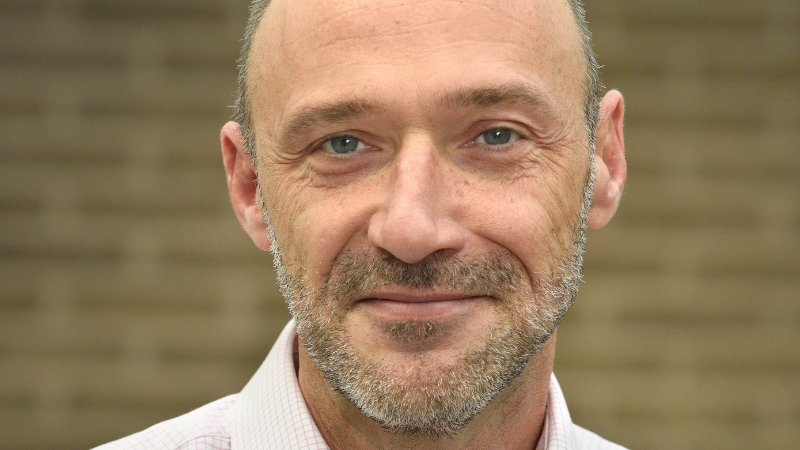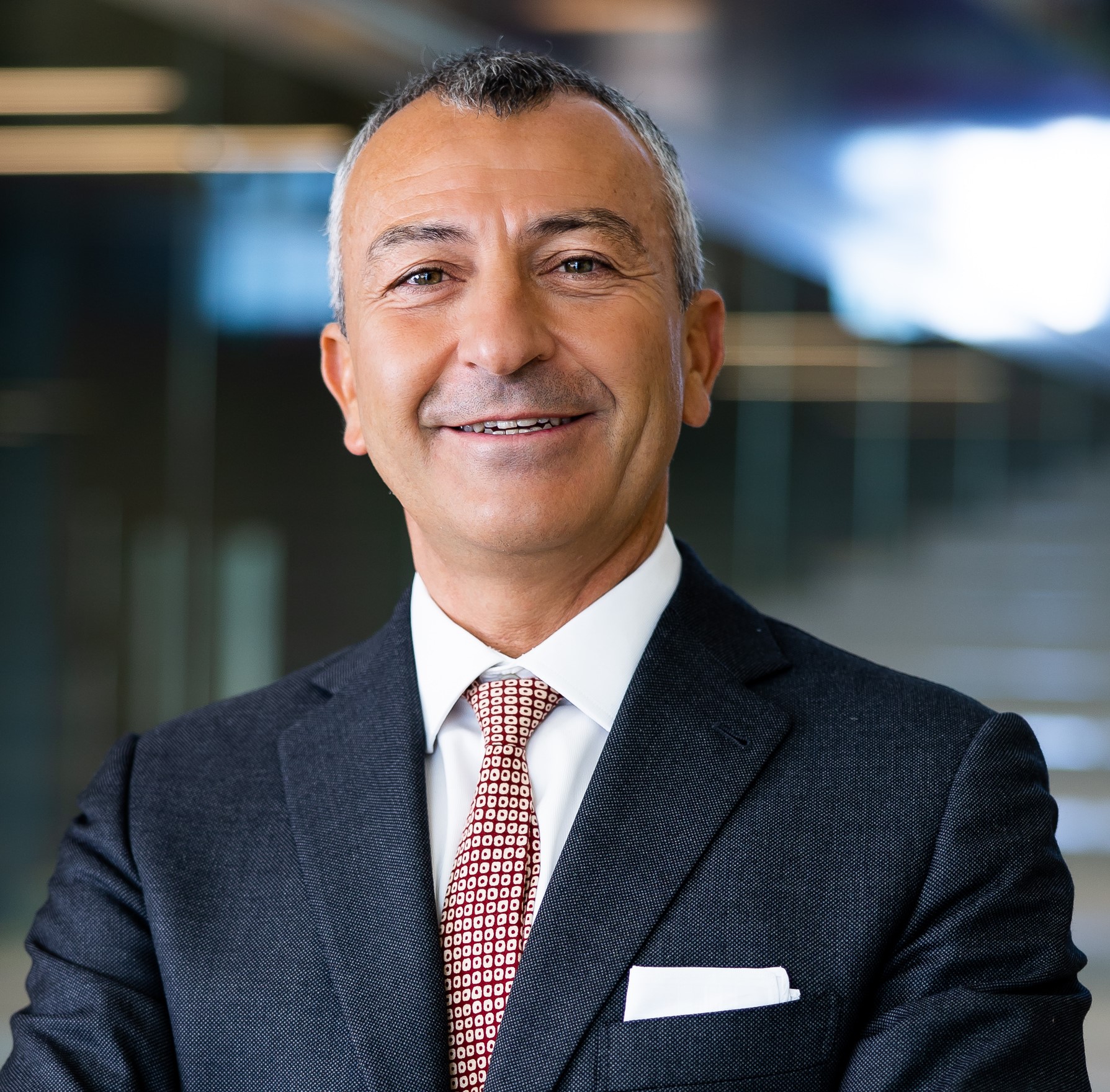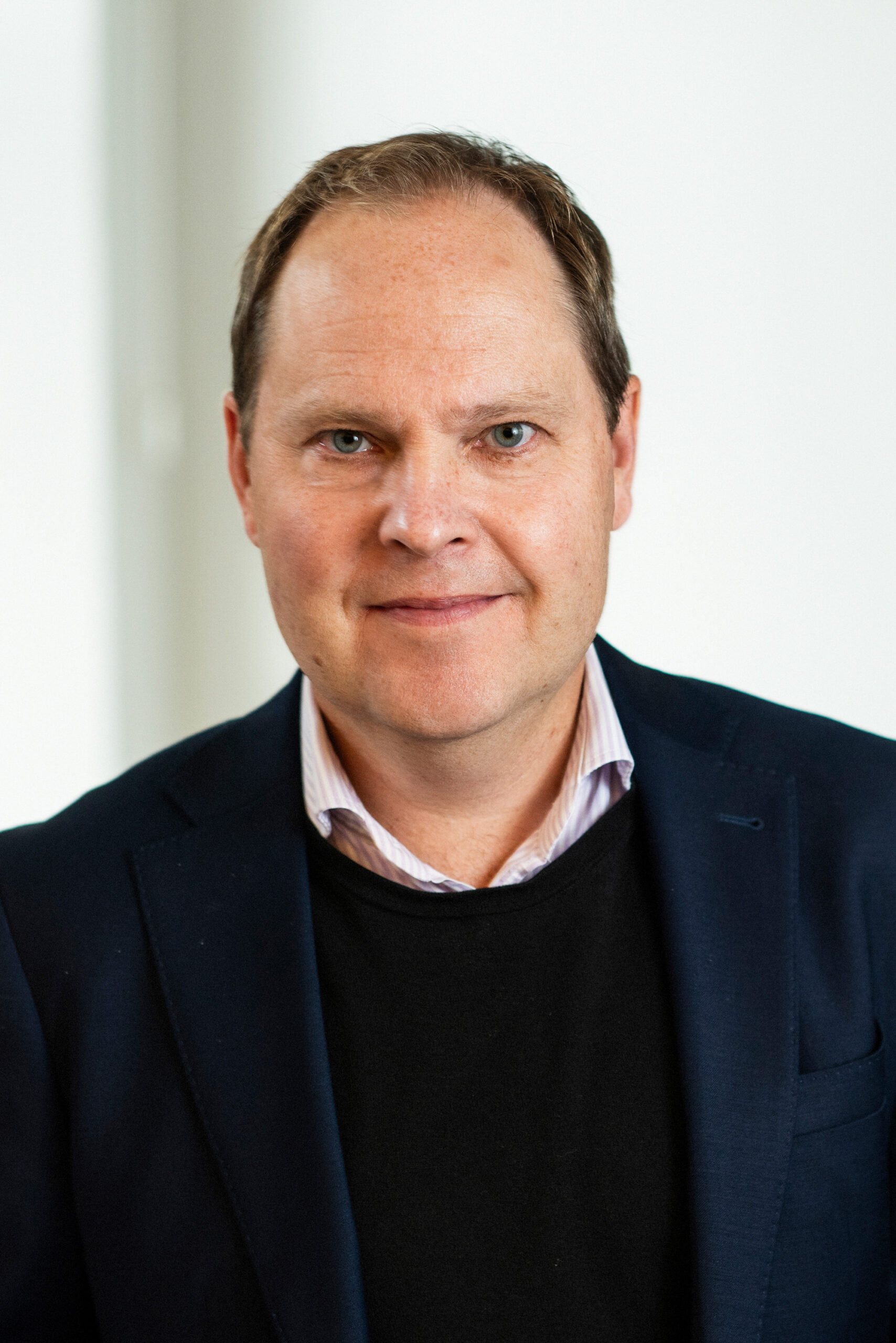Breakout 10: How low-carbon and smart innovation spaces shape the future
September 18th, 2025 — 11:15
Description
Innovation spaces worldwide are proving that environmental sustainability and economic growth can go hand-in-hand through strategic design and comprehensive support systems.
This session highlights how environmental responsibility and business acceleration can come together as one goal to find solutions for building innovation ecosystems that prioritise both profit and planetary health.
China’s ZGC Construction Investment showcases detailed measures for promoting low-carbon and ecological transformation within science parks, revealing practical approaches to sustainable development that other regions can adapt.
Meanwhile, Sweden’s Norrköping Model demonstrates the role innovation spaces play in accelerating growth alongside sustainable development to address global environmental challenges.
You’ll discover how industry accelerators and comprehensive support frameworks create sustainable innovation environments that benefit both economy and society.





